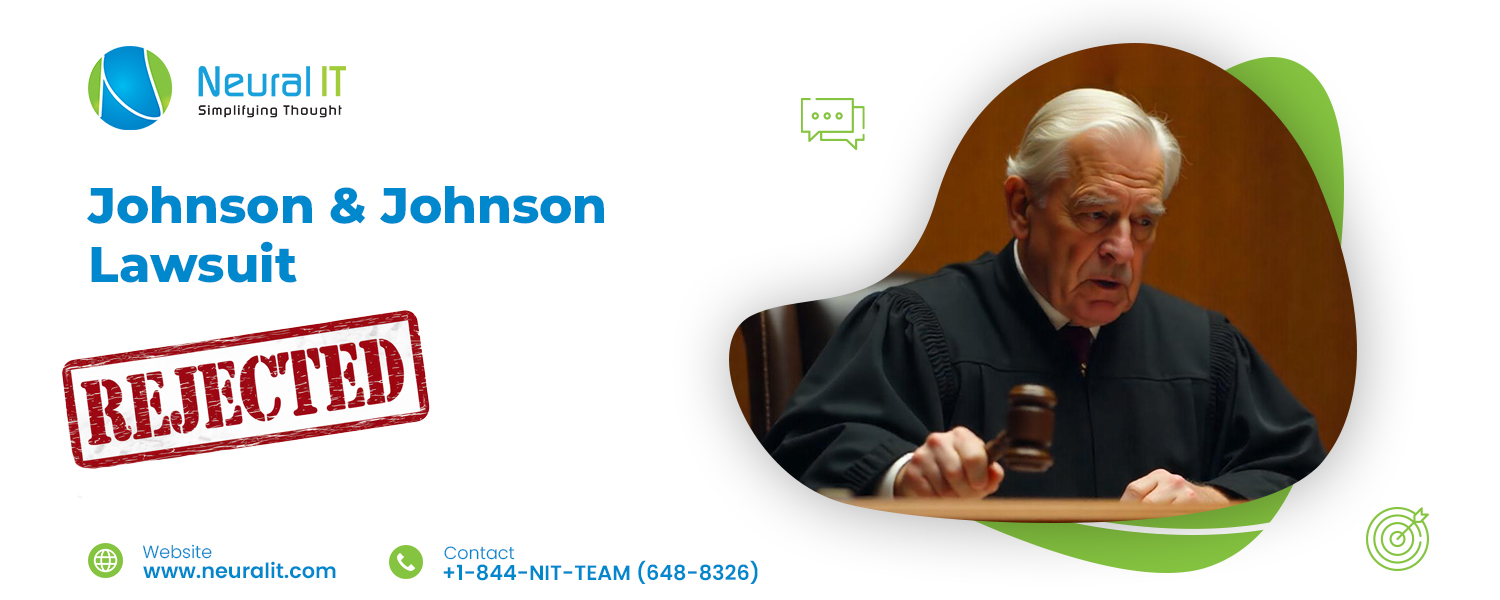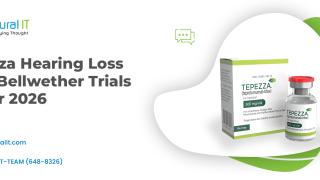Judge Rejects JnJ's $10B Talc Lawsuit Settlement
Judge Rejects JnJ's $10B Talc Lawsuit Settlement

Introduction
Johnson & Johnson's shares fell more than 5% after a U.S. bankruptcy judge rejected its $10 billion settlement proposal aimed at resolving over 60,000 lawsuits.
These lawsuits allege that the company’s talc-based baby powder and other products caused ovarian cancer due to asbestos contamination. This marks the third time J&J’s strategy to resolve the litigation through bankruptcy has failed in court.
Legal Setback and Future Plans
The proposed settlement would have ended current and future talc-related claims. However, following the court’s rejection, J&J announced it will now return to the tort system to defend itself against what it describes as “meritless” claims. The company also made it clear that it does not plan to appeal the ruling and told investors that plaintiffs are “sorely mistaken” if they believe a similar deal can be reached outside of bankruptcy.
Criticism and Financial Response
Opponents of the bankruptcy strategy — including lawyers for cancer victims and a government bankruptcy watchdog — argue that J&J is not facing financial hardship and should not use bankruptcy protections to manage litigation. In response to the court’s decision, J&J’s Chief Financial Officer stated the company is reversing $7 billion previously reserved for the bankruptcy settlement, calling it their “best and final offer.”
Product Safety and Market Performance
J&J continues to maintain that its talc products are safe, asbestos-free, and not linked to cancer. The company discontinued sales of talc-based baby powder in the U.S. in 2020, replacing it with a cornstarch-based formula. Following the court ruling, J&J’s stock dropped 5.4% to $156.82. Despite this, the stock has gained 14.7% year-to-date, with a market capitalization around $400 billion. The company reaffirmed its confidence in its 2025 financial targets and long-term outlook.




